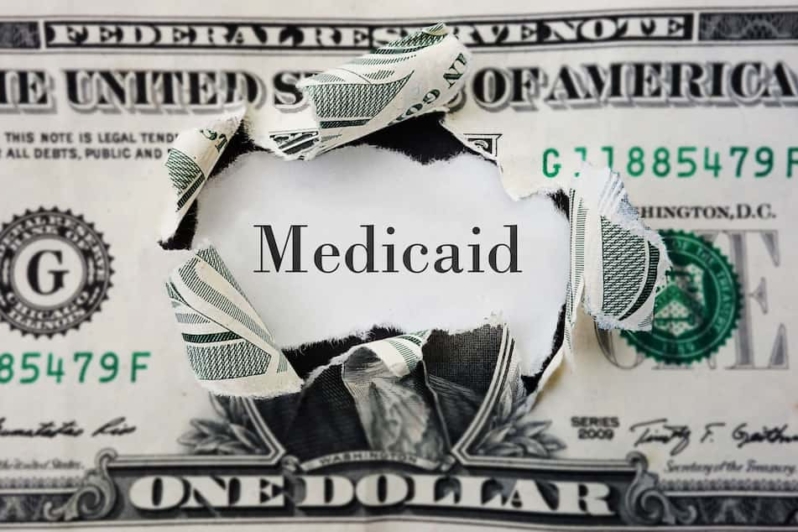What’s Hot in Estate Planning Right Now May Surprise You
Estate planning has truly evolved over the past 20 years. Gone is the uncertainty about federal estate taxes and the absolute requirement for married couples to use complex trusts to minimize these taxes. But also gone is planning for the “traditional” family. In fact, today estate planning is more complicated than ever before.
Posted on August 1, 2015

Estate Planning in 1995 Versus 2015
In 1995 the federal estate tax exemption was only $600,000 and the estate tax rate was 55%. Back then it was easy to accumulate a taxable estate by simply owning a home, a few investments and some life insurance. And while married couples could pass on two times the exemption ($1.2 million) free from estate taxes by incorporating Marital/Family Trusts into their estate plan, these trusts came with strings attached. Yet these inflexible trusts were worth it to avoid the hefty 55% tax.
Today the federal estate tax exemption is a whopping $5.43 million (and will increase annually based on inflation) and the federal estate tax rate has dropped to 40%. In addition, married couples can now combine their estate tax exemptions and pass on two times the threshold ($10.68 million) without Marital/Family Trust planning by making the “portability” election. As a result, today the focus of estate planning has shifted away from estate tax planning to more relevant concerns:
- While the federal estate tax rate has decreased from 55% to 40%, since 2012 the top federal income tax rate has increased from 35% to 43.4% and the top long-term capital gains rate has increased from 15% to 23.8%. This has made minimizing income taxes an integral part of estate planning.
- Today many families are blended, dysfunctional or completely estranged. This has made flexible estate planning and finding ways to modify what was thought to be an irrevocable plan the “new normal.”
Estate Planning for the “New Normal”
Today with the generous and ever-increasing estate tax exemption and “portability” of the exemption available to married couples, it is estimated that 99.8% of Americans will have no federal estate tax exposure. As a result, traditional Marital/Family Trust planning is no longer a necessity for a majority of families. Therefore, instead of planning for excluding assets from the taxable estate, the new trend for couples with less than $10 million is to plan for estate inclusion so that their heirs will receive a basis step up. This can be accomplished by:
- Leaving assets outright to your spouse and making the portability election; but beware if your spouse is a spendthrift, has creditor issues, or if you want to insure your assets stay within your bloodline.
- Taking a wait-and-see approach, such as all to the Family Trust with the ability to disclaim to the Marital Trust or vice versa.
- Including flexibility in the Marital Trust provisions.
- Using a Family Trust and allowing for basis increase through a customized power of appointment.
But while building flexibility into your estate plan is ideal, what happens if your plan becomes irrevocable before you have had a chance to make it flexible? What if it would be advantageous to include assets in the estate of your spouse or a beneficiary, change the situs of your trust or its governing law, add or remove beneficiaries, add a trust protector or advisor, or change the trustee structure? Is it possible to modify or even revoke your inflexible, irrevocable trust? Under many circumstances the answer is yes, these things can be accomplished by agreement or a court order through:
- Reforming the trust: Using judicial interpretation to determine and properly restate your intent.
- Modifying the trust: Changing the terms of the trust to meet your tax‐saving objectives.
- Equitably deviating the trust: Modifying the trust provisions upon the showing of an unforeseen change in circumstance the impact of which would frustrate your intent.
- Invoking the Trust Protector: Allowing a third‐party to exercise specific powers as defined in the trust agreement.
- Decanting the trust: Allowing the trustee to distribute property in further trust for a beneficiary.
Where Should Your Estate Plan Go From Here?
Estate-tax driven estate plans are becoming a thing of the past. Higher income tax rates, changing state laws, unfavorable jurisdictions and wayward heirs add up to the need for an estate plan that is able to adapt over time. Modern families need modern estate planning solutions, and our firm stands ready to help you create a flexible estate plan.
More from our blog…
What You Should Know About Long-Term Care
Research shows that roughly one in seven adults aged 65 or older will need long-term care at some point in their later years. Meanwhile, tens of millions [...]
Understanding Medicaid: What Does Medicaid Cover?
In the complex and frequently changing landscape of health care in the United States, Medicaid stands out as a vital program. Since 1965, it has [...]
Elder Financial Abuse: How an Elder Law Attorney Can Help
Elder financial abuse is a significant issue affecting many older adults nationwide. It involves someone exploiting or misusing an older person’s finances or assets for [...]
Does Medicare Cover Prescription Weight Loss Drugs?
Americans have a growing appetite for prescription drugs such as Ozempic, Wegovy, and Mounjaro. Originally developed to treat Type 2 diabetes, they are now exploding [...]
Recent blog posts

FREE WEBINAR
5 Things to Know About
Estate Planning
When You Turn Sixty-Five





